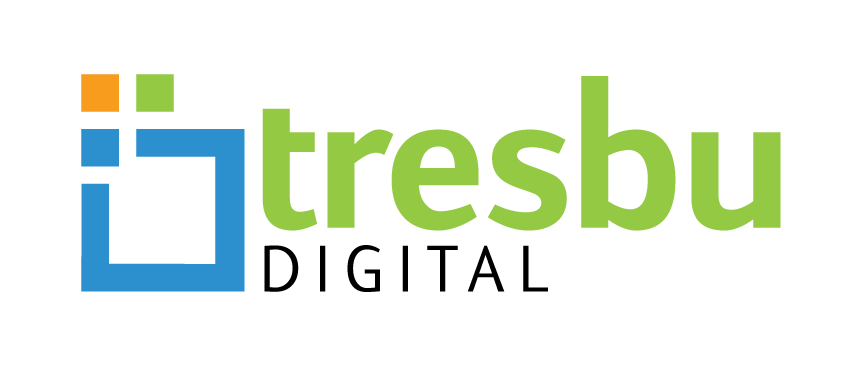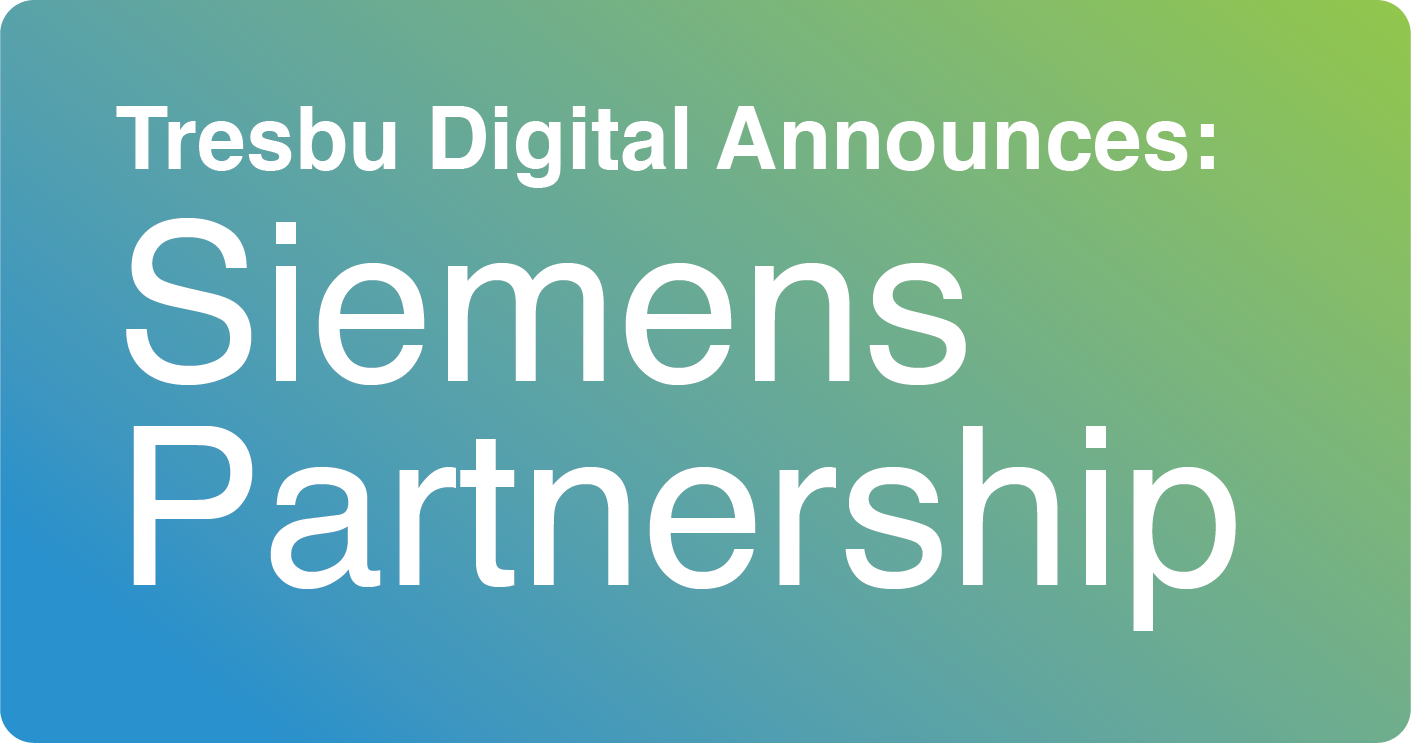For the past few weeks I’ve been focusing on the Mendix Low-Code platform. Now let’s talk about how Tresbu Digital does Mendix, how it sets us apart, and why it gives you an advantage in your Low-Code projects. Let’s start by defining an important term: the sprint.
What Is a Sprint?
First of all, let’s make sure we are all using the same terms in the same way. In agile product development methodology, a sprint is defined as a short, specific time period when a team works to complete a set amount of work (Atlassian.com). A big problem with this definition of a sprint is that, depending upon how you define that “set amount of work,” at the end of the sprint you may not have anything to show for it. In fact, using this definition, a sprint may require yet another sprint (or two) to demonstrate results. Sprints are typically one or two weeks long (we like two-week sprints).
That’s why at Tresbu Digital our sprints always deliver something: an app, a piece of code, a completed design, or an entire software function. We define our sprints as stand-alone projects, each with its own specific scope, goal, plan, testing, and deliverables.

Because we deliver something with every sprint, our sprints are also our billing cycle. We bill by the sprint with no long commitments necessary. That means it’s on us to produce results for you. Clearly it’s not a model for the faint-hearted, but it works great for the bold and highly skilled—and their clients.
As mentioned above, each sprint has a specific scope, goal, plan, testing, and deliverables. We work closely with our clients to meticulously define the goals of each sprint. You define the goal of the sprint. At the end of each sprint, you evaluate the results to decide whether to charge ahead, make minor adjustments, change direction altogether, or even suspend the project.
Every sprint is different, but there is at least one thing that is always the same about our sprints: one of its goals is to deliver the best user experience (UX) possible. An application that is merely functional and reliable isn’t necessarily going to be embraced. Widespread adoption requires a great UX–the kind of experience that has users promoting your app.
That’s where the Tresbu Digital Difference comes in. We have some of the best UX designers in the business, and a great user experience is an implicit goal of every sprint. And the UX development process is iterative, so it gets better with each sprint.

Using Sprints to Combat Shelfware
If you’re like many of our clients, you have a library of “shelf-ware.” You know, that shelf of custom software that was never finished. The apps would have been great, but all you received was half-finished code, a promise from DevOps to try to get back to it someday, and/or a development bill from an outside developer that you had to justify to your CFO. By defining a deliverable for every sprint, Tresbu Digital’s unique approach to sprints helps you avoid that.
With Tresbu Digital, now you can clean off that shelf and never have to add another volume to it again. You never have to abandon development work as a loss again.
Short Development Times Mean Low-Code “Agile Development” Defined
One thing I can’t emphasize enough is how fast the development cycles are for Low-Code projects. You can define a goal, develop an app to meet that goal, test it, and determine next steps all within a single sprint. Results are indisputable, and you can easily save and re-purpose UI elements or app logic between sprints. It’s the ultimate bite-sized, results-driven development model, which makes it both easy to fit into limited budgets and easy to sell to executive management.
As mentioned earlier, here at Tresbu Digital we routinely contract for 2-week sprints. We work with our clients to define the desired outcome from the sprint, and after each sprint they evaluate the results and decide whether to continue. In other words, we stake everything on the value we deliver—every single sprint.
So let’s design a sprint for your project. Our experts can guide you through the process from start to finish to make sure you’re getting the most out of your Low-Code solution. Let’s schedule a time to talk more about what it is you’re looking for and see how we can help.




